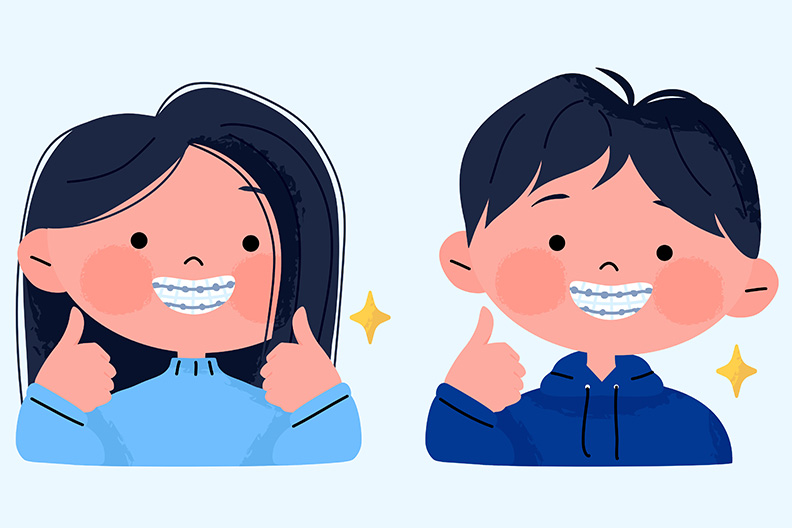Bronxville, NY – When most people think of the average orthodontic patient, they probably conjure up a teen in their minds. However, the correct age to visit an orthodontist for the first time is around the age of seven.
While not every child will need orthodontic treatment at this time, some children can benefit from what is known as early interceptive orthodontic treatment. This type of treatment can have a tremendous impact not just on the teeth, but on jaw development, facial symmetry, and self-esteem. But if you are unsure of what exactly early interceptive treatment is, Dr. Sam Polan of Tuckahoe Family Orthodontics answers some commonly asked questions.
Is there a difference between interceptive orthodontics and regular orthodontics?
Orthodontic treatment can be done at any age – the biological process that moves the teeth is the same no matter what age you are. However, early interceptive orthodontics combines the moving of the teeth with the growth and development of the permanent teeth and jaws. It works in conjunction with the natural growth processes our children undergo and can properly guide the growth of the jaw to allow for more ideal eruption of the permanent teeth. It is most effective before children hit puberty, so most children who undergo interceptive treatment are typically between the ages of 7 and 10.
Are there advantages to this early treatment?
When treatment can happen at the time it will have the most impact, we can often achieve the most ideal results in the most efficient and effective manner. If patients wait until the jaw has stopped growing, treatment can still occur, however it may be more complex or invasive. Older teens and adults may require tooth extraction or jaw surgery in order to achieve their most ideal smiles. Early interceptive treatment, however, can guide the growth of the jaw to ensure the most ideally functioning bite once treatment has been completed.
What are the most common issues that area treated with interceptive orthodontics?
Crowding is one of the most common malocclusions and one that can easily be remedied through early interceptive treatment. Crowding occurs when there is not enough room in the jaw for all the permanent teeth. We can use a device called a palatal expander to create the necessary room in the jaw. This is because the jaw is still growing, so we can take advantage of this growth and guide it in the most ideal way.
How long will my child be in treatment?
The length of treatment depends on the individual child’s needs. Some children may need to wear an appliance such as a palatal expander for 8-12 months, then a retainer or space maintainer while we wait for all the permanent teeth to erupt. Then, the child will move on to the straightening phase of treatment.
Will my child also require a full set of braces?
Most children will move on to receive braces, but some children may see their issues clear up after the interceptive treatment is complete. For those who do require braces, the time they spend in braces is often shorter because we have worked to correct the underlying issue before we move on to straightening the teeth.
For those whom interceptive treatment is indicated, it can have tremendous results that help improve the function and appearance of the smile and bite. To learn more about this type of treatment, call Tuckahoe Family Orthodontics today at 914-654-1859.


No Comments